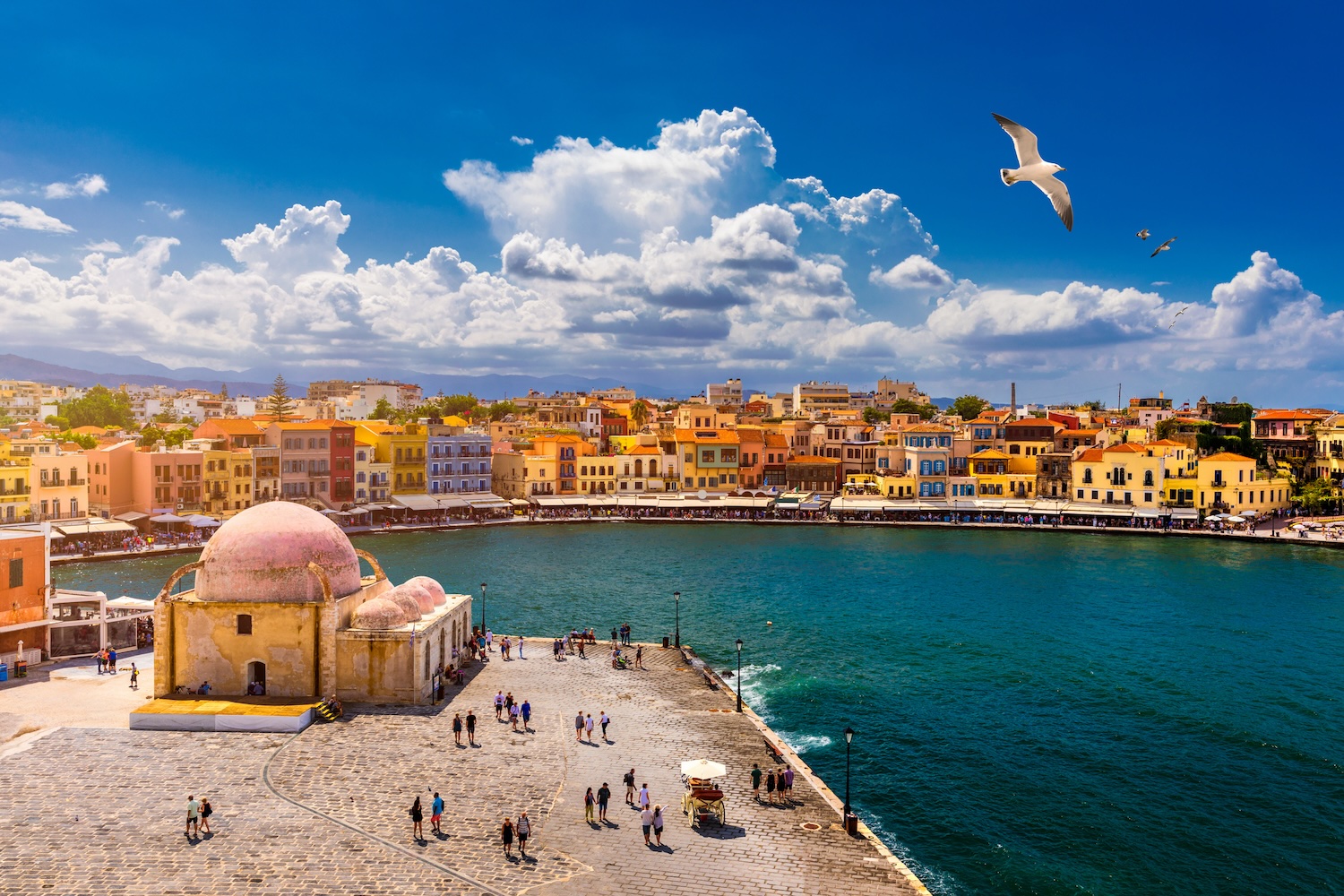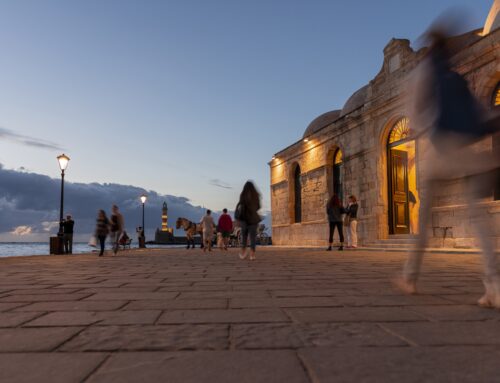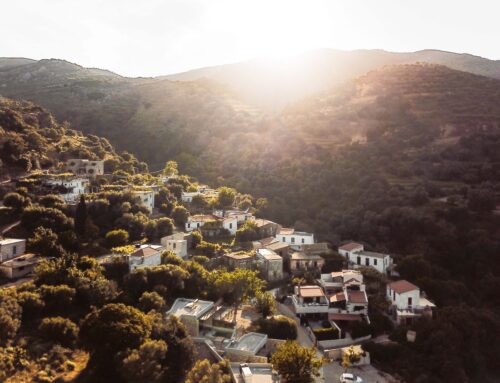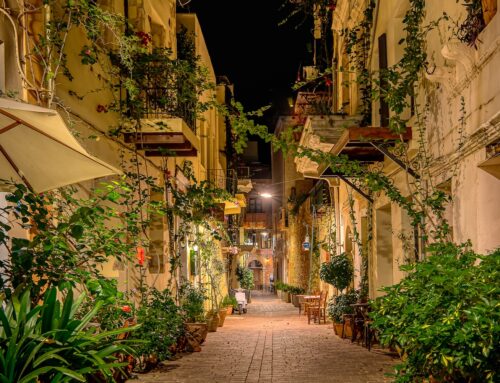A picturesque city located on the northwest coast of Crete, Chania is a place rich in history and culture. With its charming old town, blend of architectural styles, and stunning Venetian harbour after which our very own hotel was named, Chania offers visitors a glimpse into its vibrant yet turbulent past.
For many years, the globally renowned city of Chania has been witnessing the rise and fall of numerous civilizations, with each and every of them leaving a permanent mark on the city’s landscape and architecture, thus contributing to the unique character of Chania today.
Besides its numerous natural wonders, Chania is also a tapestry of history, cultures, and civilizations, each contributing to the rich and varied identity of this ever-enchanting city. The city’s visitors have the chance to explore several archaeological sites, museums, and well-preserved architectural landmarks that have shaped one of the most fascinating parts of Crete. Let’s take a look at Chania’s magnificent history.
Chania’s ancient beginnings
The history of Chania dates back to ancient times when it was known as Kydonia, one of the most important cities of ancient Crete. Archaeological evidence suggests that the area was inhabited as early as the Neolithic period, wth Kydonia becoming a significant centre during the Minoan civilization, flourishing between 2700 and 1450 BCE.
The Minoans, known for their advanced culture and architecture, established a thriving community here prior to a long era of occupation. The Minoans are thought to have laid the foundation for Chania’s long and turbulent history.
Roman and Byzantine eras
Following the decline of the Minoan civilisation, Chania fell under Roman control back in 69 BCE, during which time it notably continued to prosper even while being occupied. The Romans essentially left behind a legacy of infrastructure and urban planning, traces of which can still be seen today.
Following the fall of the Western Roman Empire, Chania became part of the Byzantine Empire. During that period, the city saw the construction of several early Christian churches and fortifications, which were vital to defend the city from various invasions and are still proof of the city’s magnificent history to this day.
Venetian and Ottoman rule
The Venetian period, beginning in 1204, marked a significant era in Chania’s history. The Venetians fortified the city, constructing the impressive city walls and the iconic harbour that remains an essential feature of Chania, even today. They also constructed numerous buildings and churches, many of which still stand and contribute to the city’s unique architectural landscape.
Back in 1645, Chania fell to the Ottoman Empire after a prolonged siege. The Ottomans left a profound impact on the city, introducing new architectural styles and cultural practices. The Ottoman Era saw the construction of mosques, baths, and public buildings, as well as the conversion of existing Venetian structures for Islamic practice.
Chania in the modern era
Chania remained under Ottoman rule until the late 19th century, when Crete gradually proceeded towards unification with Greece. Following the Balkan Wars, the city officially became part of Greece in 1913. In the 20th century, Chania experienced significant growth and development, despite the challenges of World War II, during which it suffered severe destruction.
Today, Chania is a vibrant city that beautifully blends its rich historical heritage with modern life. Simply exploring Chania’s Old Town and harbour area, with their narrow alleys and historic buildings, millions of visitors on a yearly basis can discover a testament to the city’s incredible diverse past.











